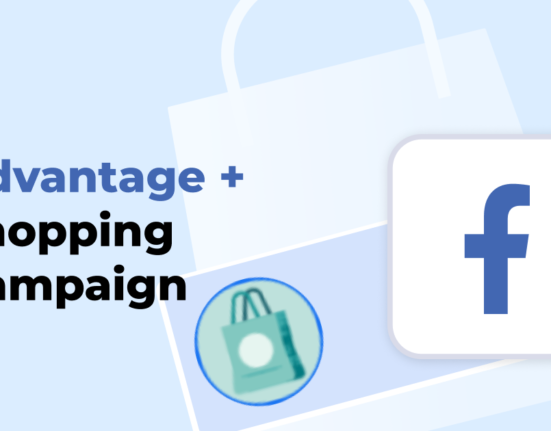The DTC sector is growing rapidly, and as such brands must stay on top of their game and ensure that they’re retaining customers. While the fierce competition makes it crucial for DTC businesses to establish enduring relationships with their customers. And here is where having a strong client retention strategy might set you apart from other eCommerce marketplaces and your rivals. One way to do so is by offering them a way to connect in the same place. Customer retention rate can be improved by offering customers a variety of services and products. This will help them to stay loyal to your brand and feel like they’re getting their money’s worth.
For example, if you’re a DTC company, you might offer various products that are related to your company’s main product. For example, if you sell products for people with gluten allergies, you could offer an entire line of gluten-free foods. If your main product is vitamins, you could offer supplements for the same vitamins as well as supplements for other vitamins like B12 or C.
You should also make sure that customers can access all of these services easily and quickly
So they don’t have to waste time searching for them on your website or app. In many cases, this means having dedicated customer service representatives who can help customers get what they need quickly and efficiently through email or phone calls instead of having to wait on hold for over an hour just waiting for their turn with a live person who may or may not be able to help them at all.
To evaluate the success of their retention initiatives, marketers should keep an eye on four crucial measures.
- New vs. Returning Customers Rate: The first retention statistic to track is the ratio of new to returning clients. Your customer retention campaign can get off to a strong start if you have a sizable number of repeat clients. On the other hand, if your new customers still account for the majority of your revenue, you should implement strategies that would entice your current customers to return.
- Average Order Value (AOV): The average amount customers spend whenever they place an order from your shop. Retailers should better understand the buying habits of their customers with the use of this measure. The measure can help business brand image and customer success teams understand which goods are selling well in your shop and which ones aren’t. By locating these products, you may review your retention strategies and encourage customers to buy the best-performing items rather than ones that are less desirable. By dividing the total income by the number of orders received, the average order value is computed.
- Repeat Purchasing Rate: This indicator measures the total number of customers that make additional purchases from your DTC brand after their original or prior purchase. You will be able to assess the health of your client base and whether or not your marketing initiatives are successful enough to foster consumer loyalty once you have a clear grasp of your repeat purchase rate. To determine the rate of repeat purchases: Repeat purchase rate = Number of consumers that made several purchases (during a specified timeframe) / total number of customers.
- Customer Lifecycle Value: The average income you may make from clients over the course of their shopping accounts is known as customer lifecycle value. In plainer language, the amount of money you can make from a consumer before they stop coming back or go inactive. In DTC retail, your CLTV would be the sum earned by these 5 sales, and the customer’s lifespan would be 6 months if, on average, they make 5 purchases over the course of 6 months before leaving. Because it gives you a customer-centric perspective to encourage customer loyalty, CLTV or CLV is a crucial statistic. It assists you in coordinating your marketing and sales activities to raise your CLV, a reliable measure of client retention. In the ideal case, if your CLV is three times greater than your CAC, you are already effective at retaining customers and promoting repeat business.










